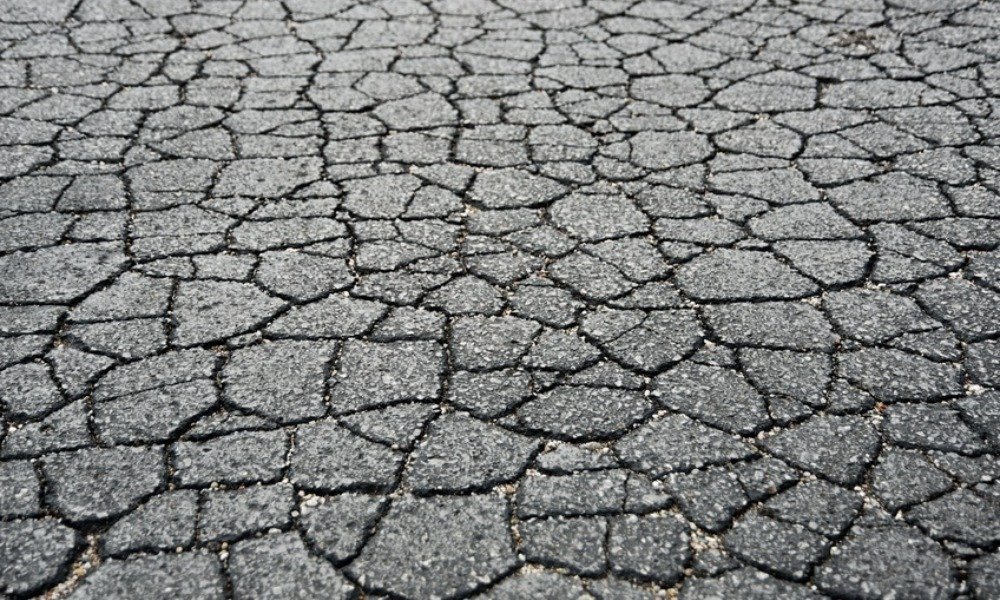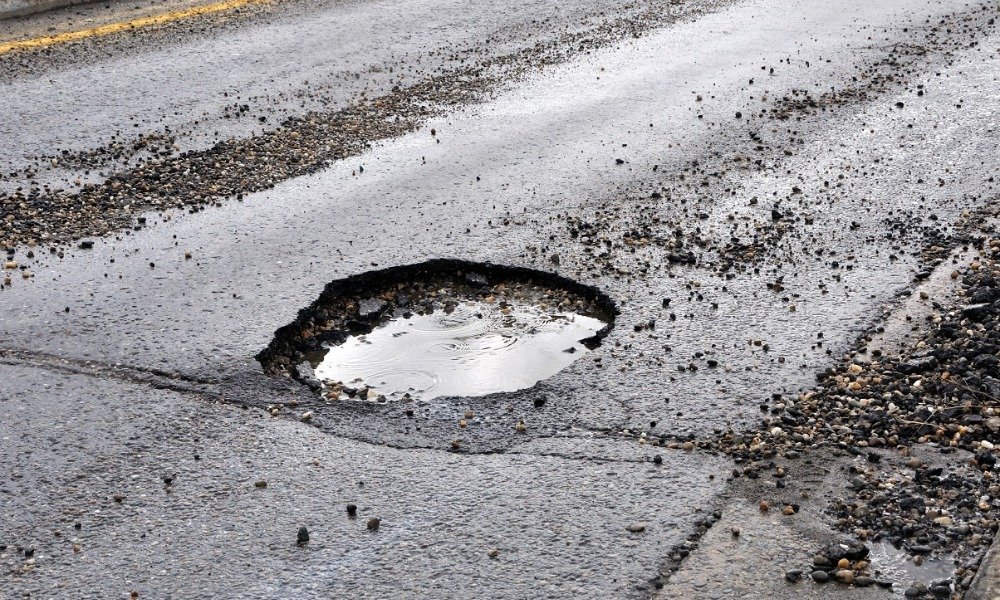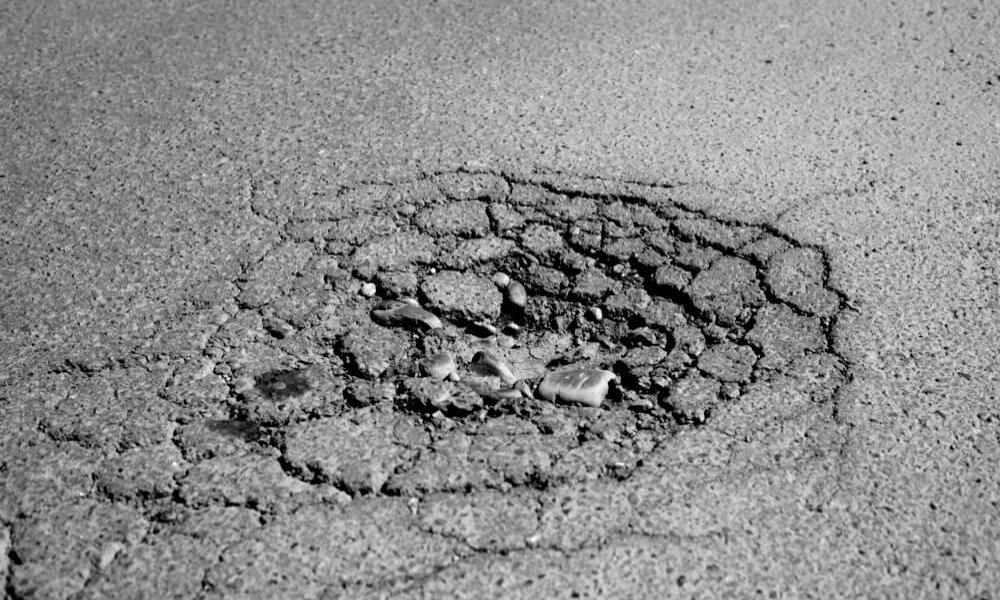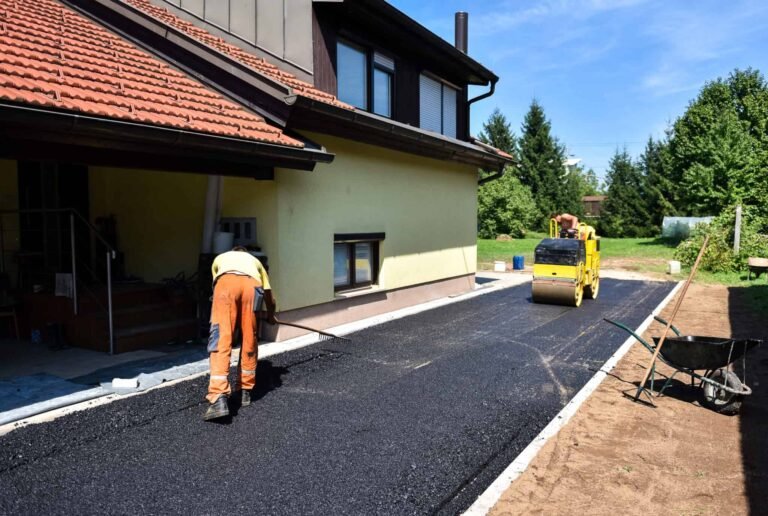Estimated reading time: 4 minutes
Your driveway works hard, just like you. It faces constant wear from vehicles, changing weather, and time, all while keeping your property looking polished. However, even the toughest surfaces show signs of aging and damage. Ignoring these can lead to bigger problems—and higher costs—down the road. Let’s look at seven clear signs that your pavement needs some attention.
What You’ll Learn:
- How to identify common issues with your pavement.
- Why timely repairs save money and prevent further damage.
- Smart steps to protect and maintain the surface for the future.
1. Cracking Patterns (They’re Not Just Cosmetic)

If your surface looks like it’s sporting a web-like pattern, you may be dealing with structural damage. Commonly referred to as “alligator cracks,” these shallow surface defects hint at problems below the surface.
What to Do: Small fissures can be patched, but widespread cracking might require a more thorough fix, like a full-depth restoration. This involves addressing the underlying foundation as well as the upper layer.
2. Potholes: Those Annoying Holes in the Road

We’ve all seen these gaps that seem to form overnight. While they might start small, potholes grow quickly and can damage tires and suspension.
Why They Appear: Moisture gets under the pavement, freezes, and expands, eventually forcing chunks to break loose. Heavy traffic only speeds up this process.
The Fix: Fill them as soon as you notice the issue. For larger holes, professional repair might be necessary to stabilize the surface. (For more insights, check out how to choose the best paving contractor.)
3. Uneven Surfaces and Wavy Sections
Does your pavement seem warped or uneven? This could point to a compromised base or wear from repeated heavy use.
The Solution: Sometimes a resurfacing job is enough. Other times, both the foundation and top layer need work. A contractor can determine the best approach for restoring an even finish.
4. Water Pooling: A Sneaky Culprit
When water doesn’t drain properly, it can lead to long-term problems. Puddles can weaken the layers beneath and create weak spots that crack or sink over time.
Prevention Tips: Grading the surface properly and ensuring drainage systems are functioning can solve this issue. If you’re preparing for a new surface, check out how to prep for a paving installation.
5. Fading and Discoloration
Over time, exposure to sunlight and weather can cause your pavement to lose its original color. While a faded surface may not seem like a big deal, it’s often a sign that the material has become brittle and less durable.
What to Do: Applying a protective sealant can restore its look while also adding an extra layer of protection against further wear and tear.
6. Sagging or Sinkholes
Low spots, especially near buildings, can indicate trouble with the base or poor water drainage. Sinkage often occurs when water erodes the compacted material beneath the surface.
Quick Fix: Repair the foundation and reroute water sources, such as gutters or downspouts, to prevent future issues.
7. Crumbling Edges
If the edges of your pavement are falling apart, it’s likely due to insufficient support along the sides. This is more common in areas without curbs or barriers.
How to Fix It: Replacing damaged edges and adding proper support can prevent further erosion. Concrete curbs or similar solutions offer long-term stability.
Why Prompt Repairs Matter
Delaying maintenance doesn’t just make your property look neglected; it also:
- Allows water to seep further into the surface.
- Increases repair costs down the line.
- Reduces the life expectancy of your driveway.
By tackling minor issues early, you can avoid the need for full replacement later on.
Protect Your Surface for the Long Run
Preventative care can go a long way in keeping your surface looking and performing at its best. Here’s how you can extend its lifespan:
- Seal It Regularly: Every few years, a sealcoat can protect against cracks and fading.
- Clean Spills Quickly: Oils and chemicals can break down the material if left untreated.
- Ensure Proper Drainage: Keep water from pooling by maintaining a slight slope or installing drainage channels.
- Be Mindful of Weight: Avoid parking heavy vehicles in the same spot for long periods.
When to Call a Professional
While small fixes can sometimes be a DIY project, larger problems like potholes, structural cracks, or poor drainage are best left to experts. Not sure where to start? My article on asphalt maintenance tips offers insights on keeping your surface in excellent condition.
Final Thoughts
Your driveway is more than just a pathway—it’s an investment. By addressing issues like cracks, holes, and fading early, you’re not only preserving its functionality but also protecting your property’s value.
Don’t wait until it’s too late. Take action now, and your driveway will thank you for years to come.



